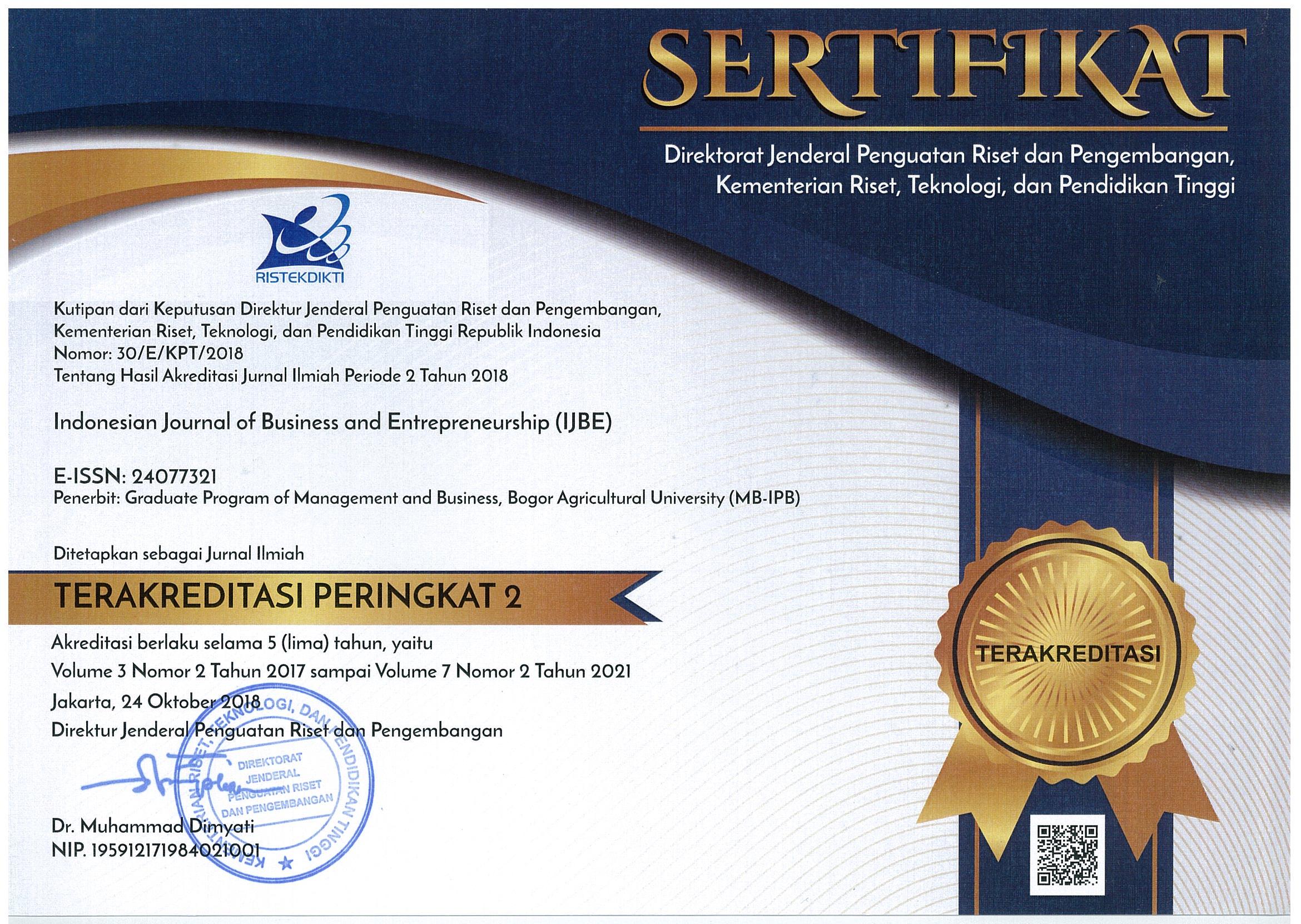HOUSEHOLD CUSTOMER SEGMENTATION BASED ON SATISFACTION USING THE CHAID METHOD
Abstract
In a nutshell, BUMD (Regional Government-Owned Enterprise) has two main roles, namely economic and social functions. The social function aims to meet the needs of all stakeholders, including the customer. Customer satisfaction is very important to implement this function, and one of the critical aspects is the service provided. In 2018, one of the BUMDs, namely PDAM faced a decreasing performance rating from 4.38 to 4.18 due to the decline in operational service. Therefore, it is very important to determine the customer satisfaction level. The objective of this research is to analyse the satisfaction level for products and services provided by PDAM in Bogor based on customer segmentation. It employs a descriptive analysis approach and the Chi-square Automatic Interaction Detector (CHAID) method. It selects 713 respondents from 148,755 household customers by using Cluster Stratified and Systematically Un-proportionate Sampling (CSUS). The findings capture that the respondents are generally satisfied with the service provided except for complaint handling and dispute. Household customer segmentation is divided into 6 (six) clusters. The cluster that provides unsatisfied scores is mainly due to the quality of water, complaint handling and dispute, as well as tariffs and payments. Whereas, the cluster that provides a satisfying score is also due to the quality of water, complaint handling, and dispute resolution.
Keywords: BUMD, household, customer satisfaction, customer segmentation







